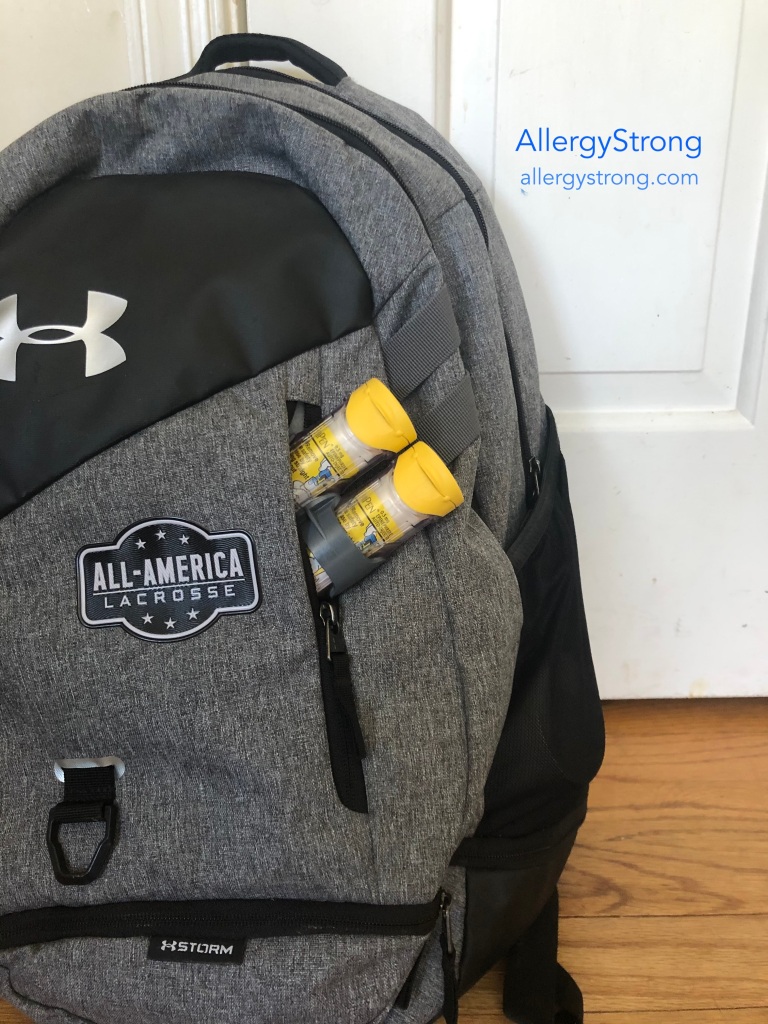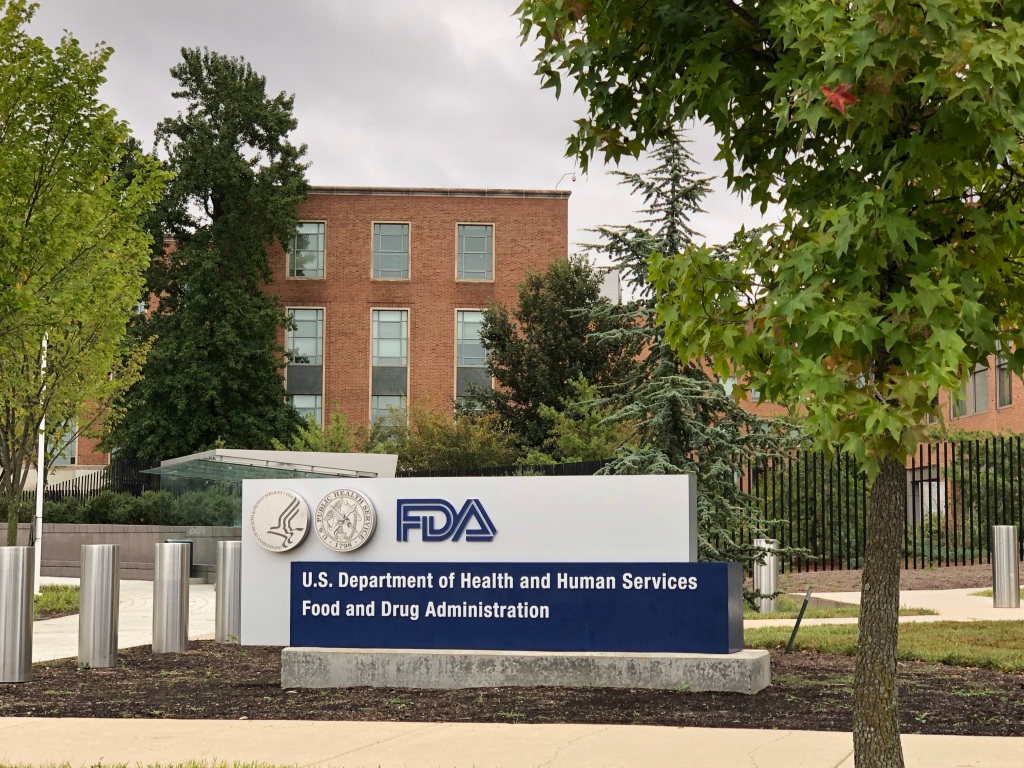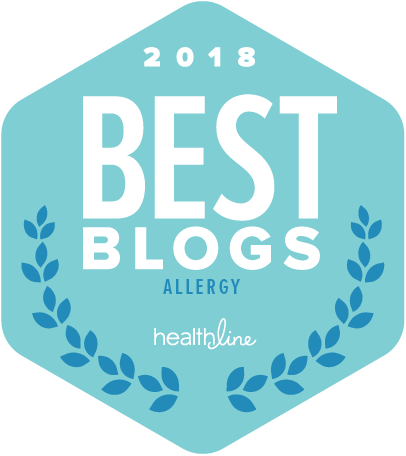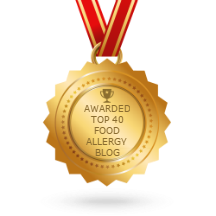It is no shock for those of us who live with this condition to learn that food allergies are expensive. The cost of medical care on top of prescription auto-injectors, grocery bills, time away from work to manage our condition, special child care (and sometimes schooling) can add up quickly. According to a 2013 study out of Northwestern University by Dr. Ruchi Gupta and others, food allergies cost over $4,100 per child in the U.S. That’s a total of over $20 billion dollars a year carried by patients and their families; $25 billion when other costs are factored in. To reduce the expense of food allergies on an individual or families budget, we need to look at a few key areas:
Prevention
From the Northwestern study, it is clear that prevention saves money. Hospitalizations accounted for the largest direct medical cost with emergency department visits coming in third. One way to manage your medical costs is to check in with your healthcare provider annually. Be sure to discuss any changes in your allergy, realistic risk and lifestyle management as well as treatment options available to you. Treatment can help protect you from accidental exposure by potentially lessening the symptoms of a reaction and keep you from needing emergency services.
Epinephrine Devices
At that same yearly appointment, ask your healthcare provider which epinephrine device would be best for your lifestyle. Carrying a set of epinephrine devices is key to food allergy management and using it at the first signs of anaphylaxis can keep you out of the hospital and on the road to a quick recovery. There are many devices on the market to choose from, so finding one that fits your life should be easy. To make these more affordable:
- Check on manufacturers websites for coupons and other savings programs (for example, Viatris offers savings cards for EpiPen brand as well as their generic sets of auto-injectors and kaléo offers Auvi-Q for free to those who qualify).
- Call your insurance company to see which devices they cover and at what rate. Ask questions about how often you can renew prescriptions so that you can plan accordingly when you need a second (or third) set for work, school, or child care locations.
Food
Finding and buying allergy-friendly food can be a challenge. Dairy, egg, soy and wheat allergies – especially in combination – make purchasing safe food difficult and expensive. People with food allergies often need to shop at multiple supermarkets to find costly allergy-friendly products they can use. To save money on groceries, consider a few things:
- Sign up for coupons on your favorite allergy-friendly manufacturers’ websites. While many stores don’t offer discounts on these “free-from” products directly, companies often offer. For example, if you scroll to the bottom of their homepages, Enjoy Life foods, Sunbutter, and others, offer coupons for both American and Canadian customers.
- Use simple substitutions. Sure, you can bake with a speciality egg replacer at $6.50 a box. OR, you could use applesauce ($3.25 per jar), aquafaba (made from the chickpea water, $0.85 per can), or other similar substitutes.
- Buy in bulk. We all know that bulk pricing lowers the cost per unit (ounce, pound, etc) than a product’s smaller counterparts. Consider buying food in bulk that you use often in larger quantities or that have long shelf lives. Also consider splitting the cost and contents of a bulk item (especially if it will spoil, like fruit, vegetables or meat) with a friend or member of your family – that way, you both get the best price!
- Create a meal plan that utilizes leftovers from one meal to create another later in the week. You might have hamburgers one night and use the leftover ground meat to make tacos, meatballs, or chili another night.
- Create a shopping list and stick with it. If you plan your meals, this is all you should need for the week or month.
- Once you have your list, visit the website of the supermarkets near you to find the best prices. One store may be having a sale on just the item you need! And while you’re there, sign up for and take advantage of store loyalty cards. You can load coupons and discounts onto the card itself, so that all you need to do is enter your phone number at checkout to receive all the savings.
- Pay in cash if you can. Create a grocery budget for the week or month and pay in cash. This makes you even more conscientious of your purchases so you don’t end up with a surprise at the check-out counter.
- Save yourself a trip to a second or third store for those few allergy-friendly products they stock. Each stop means more time, more gas, and more temptation for impulse purchases. See if your item can be shipped to you via Amazon, Peapod, Walmart, Target, Costco, etc.
Food Assistance
Food assistance programs are a great way to get the food you need. Both the Supplemental Nutrition Assistance Program (SNAP) and Women, Infant, Children programs (WIC) are run by each state and offer a monthly stipend to be used on qualified products. Hint: your SNAP dollars go further at farmer’s markets!
Contact your local school to discuss availability of free breakfast and lunch programs. Some programs extend into the summer months, so be sure to inquire about how to access that benefit after school ends. These programs are available through the USDA and other non-profit organizations. While you’re there, also ask about weekend backpack programs run through food pantries and other non-profits.
If you need further assistance, contact a local food bank or food pantry. There are many tips for safely navigating the food pantry, so be sure to read through these suggestions. If possible, sign up to choose the items you need yourself (rather than having a box preprepared for you) – that way, you can pick food you like and read ingredient lists to make sure they are free from your allergen.
Medical Care
Contact your state to see if you qualify for Medicaid, an insurance program that provides medical coverage for individuals and families. If you do not, consider the Children’s Health Insurance Program (CHIP), also offered by each state. CHIP provides low-cost medical coverage to children (and sometimes to pregnant women) who earn too much to qualify for Medicaid. Like Medicaid, CHIP covers routine check ups, vaccinations, dental and vision care, emergency services and more.
Some health providers will work with insurance on behalf of patients with medically-necessary diets, like food allergies. When presented with a convincing case, some insurers may cover the cost of specialty food and/or help with food assistance programs.
Larger healthcare systems sometimes offer Food Is Medicine programs which can include access to food pantries. Inquire whether your provider knows of one near you and/or check with your local hospital/healthcare system about availability and qualification.
There’s no doubt that food allergies are expensive. But taking care of yourself, planning ahead, and reaching out for help when needed can go a long way in reducing cost AND stress.















































